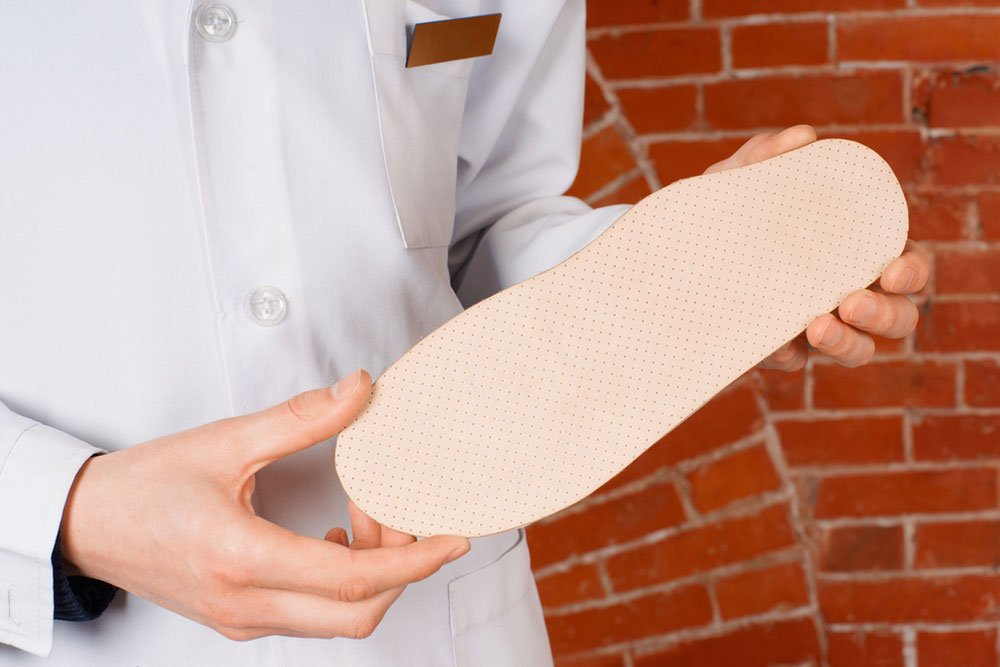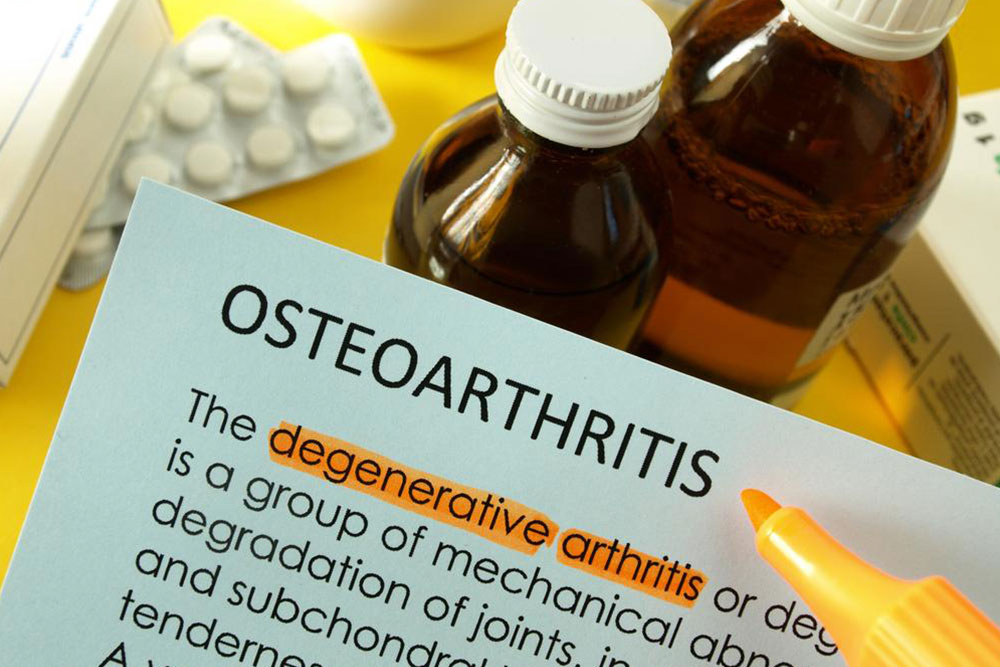Innovative Developments in Customized Orthopedic Support Devices
Discover the latest advancements in customized orthopedic support devices, including braces, insoles, and splints. These innovations leverage new materials and precise design techniques to provide personalized support, improve mobility, and alleviate chronic joint and foot pain. Suitable for athletes, arthritis sufferers, and injury recovery, modern orthotics are transforming musculoskeletal health and enhancing quality of life. Learn how technological progress and material science are shaping the future of personalized orthopedic supports for better health outcomes.

Innovative Developments in Customized Orthopedic Support Devices
Orthopedic support devices like braces, splints, insoles, and cervical collars play a crucial role in improving mobility, providing support, and correcting biomechanical issues within the human body. The technological and material advancements in these devices have significantly enhanced their effectiveness, comfort, and customization capabilities. Whether it's helping individuals recover from injuries, manage chronic conditions, or improve athletic performance, the latest innovations in orthopedic supports are making a substantial difference in patient outcomes.
In particular, orthotics—custom-made arch supports and insoles—are specifically designed to address irregular gait patterns, foot deformities, and uneven weight distribution. They are tailored to fit individual foot structures, improving overall posture, reducing pain, and enhancing stability. These devices are not only limited to foot-related issues but also extend to support for the knees, hips, lower back, and neck, aiding in preventing injury and promoting proper alignment across various parts of the body.
Individuals experiencing discomfort in their feet, joints, or spinal regions often seek solutions that alleviate pain and restore mobility. Custom orthopedic supports have proven to be highly effective options, providing targeted relief and improving overall biomechanics. These devices are designed based on comprehensive assessments of an individual’s unique anatomy and movement patterns, ensuring optimal support where it is needed most.
Who Can Benefit from Customized Orthopedic Devices?
Millions of people worldwide endure chronic foot, hip, knee, or back pain caused by various factors such as injuries, degenerative conditions, or daily activities. Athletes suffering from repetitive strain injuries, arthritis patients seeking pain management, or individuals recovering from surgeries can all benefit from the tailored support these devices provide.
By reducing stress on affected joints and muscles, orthopedic supports help prevent further deterioration and facilitate recovery. They also play a vital role in enhancing muscle performance by promoting correct movement patterns, which can lead to long-term improvements in function and comfort. Many users report increased confidence and mobility after adopting customized orthotics and supports, making them a valuable component of comprehensive musculoskeletal care.
Materials and Design Innovations
The evolution of materials used in orthotics is a significant factor behind their increased effectiveness. Modern Orthotic devices incorporate a broad spectrum of materials including durable polypropylene, thermoplastics, lightweight carbon composites, and resilient acrylics. Each material offers specific benefits, such as flexibility, strength, and breathability, allowing manufacturers to produce highly personalized solutions.
Design considerations are driven by the user’s lifestyle, profession, and activity level. For instance, professionals may require orthotics that comfortably fit into formal footwear, while athletes demand lightweight, high-performance options for sports activities. Advanced manufacturing technologies like 3D scanning and 3D printing allow for precise customization, ensuring that each device fits perfectly and provides the appropriate level of support.
In addition to traditional design principles, innovations also include smart orthotics embedded with sensors that monitor pressure, movement, and load distribution. These data-driven devices help clinicians track progress and adjust support accordingly. As a result, users benefit from more effective treatment plans and improved mobility outcomes. With ongoing research and technological breakthroughs, the future of orthopedic supports looks promising for even greater customization and therapeutic efficacy.
Overall, the combination of advanced materials, personalization techniques, and technological innovations has transformed the quality and capability of support devices. This progress ensures that users receive not only relief from pain but also enhanced quality of life through improved mobility, stability, and confidence.





